At Edo Wonderland Nikko Edomura, visitors can experience life in the Edo period and participate in fun activities for the entire family.
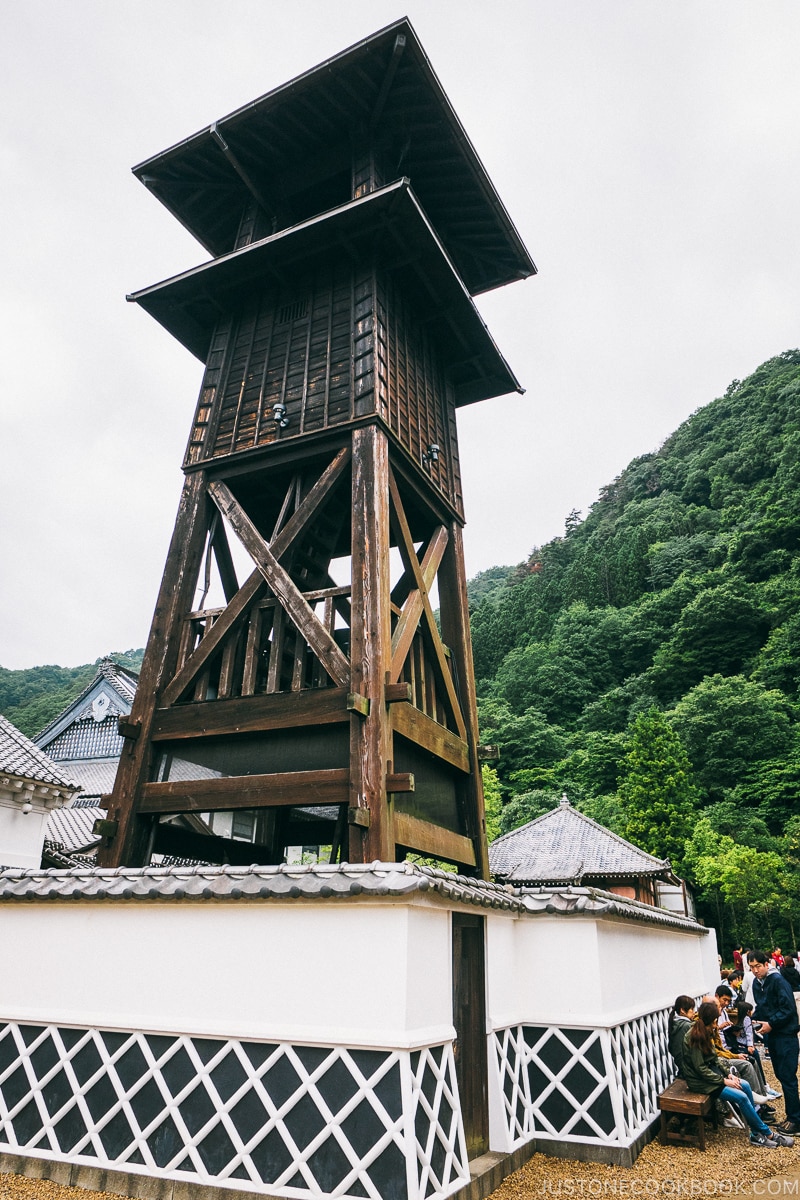
Welcome to the start of our Nikko travel guide series and we’ll start off at Edo Wonderland Nikko Edomura, a theme park built as an Edo period village replica. Our family had a blast learning about life in Japan during the Edo period, trying various activities, and enjoying the theatrics the park offered.
Here is the Just One Cookbook Nikko Travel Guide series below and we hope you’ll enjoy the journey with us.
Nikko Travel Guide
- Edo Wonderland Nikko Edomura 日光江戸村
- Kinugawa Onsen 鬼怒川温泉
- Tobu World Square 東武ワールドスクウェア
- Nikko Tosho-gu 日光東照宮
- Places to visit in Nikko 日光
- Kegon Falls 華厳の滝
- Lake Chuzenji 中禅寺湖
- Oya History Museum 大谷資料館
Travel to the Past at Edo Wonderland Nikko Edomura
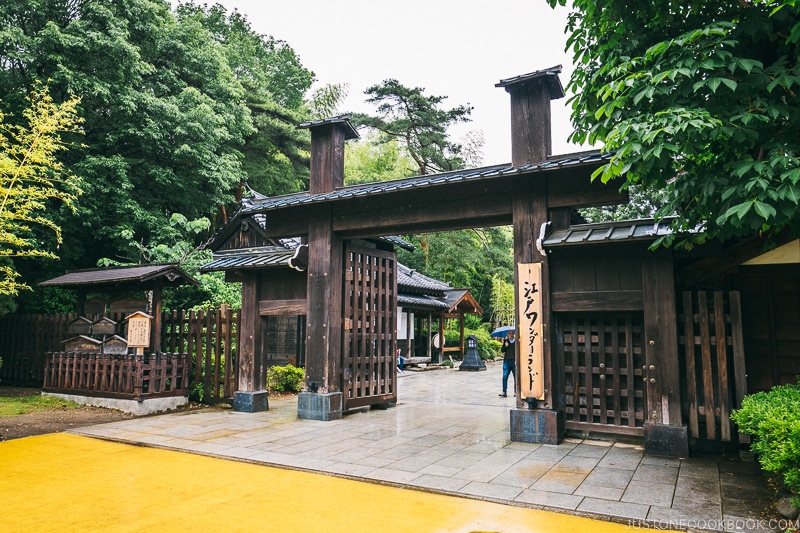
Edo Wonderland Nikko Edomura is a theme park located about 2.5 hrs north of Tokyo near Nikko. The name Edomura (江戸村) translates to Edo village. It’s different from the typical theme park as it is about life in the Edo period. The park is divided into 5 sections:
- Road to Edo
- Inn Town
- Market District
- Samurai Residence
- Ninja Village
Ready to time travel with us? Let’s go!
Road to Edo
Once you purchase the tickets, you will pass the town checkpoint (entrance gate) and travel down the road to Edo. The road to Edo has a number of replica structures along the side including a shrine, waterwheel house, and a guardhouse. The structures inside the theme park usually have both Japanese and English names. Additionally with the explanations for the purpose of the building and how they were utilized during the Edo period.
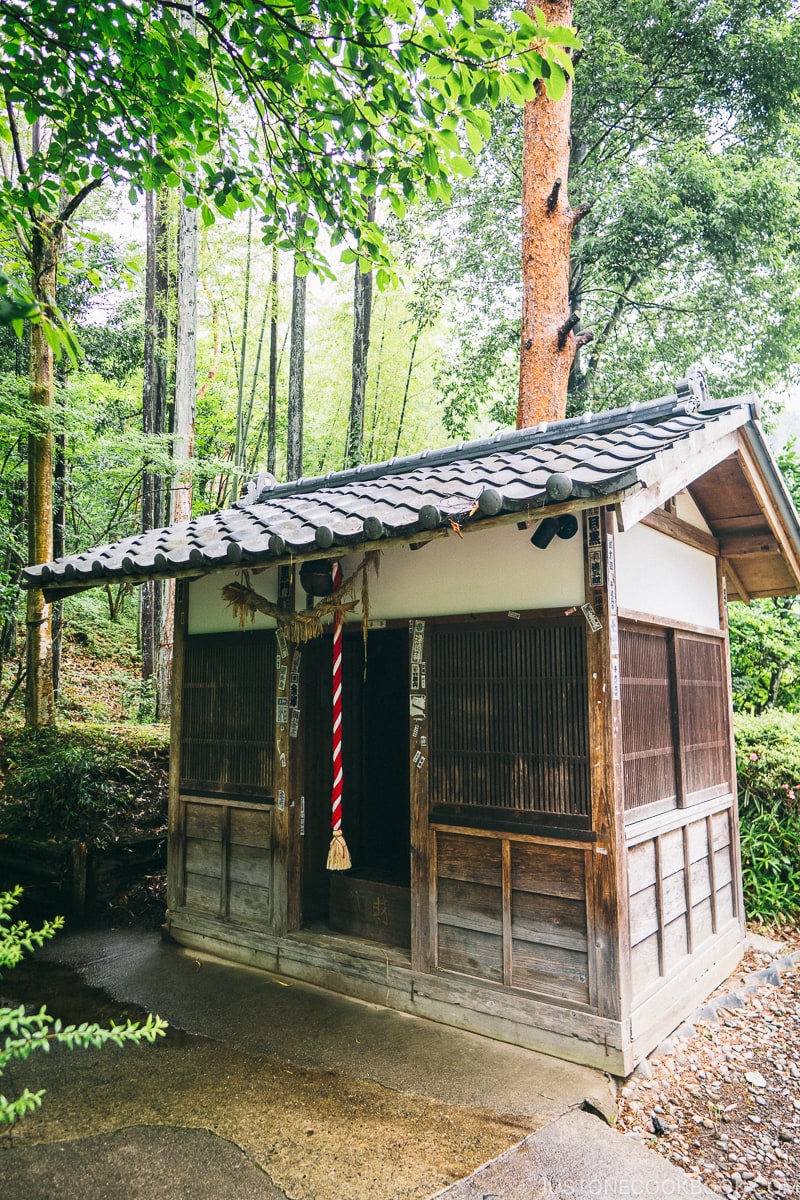
As you approach the town you can see many people dressed in Edo period clothing wondering about the town (both visitors and staff).
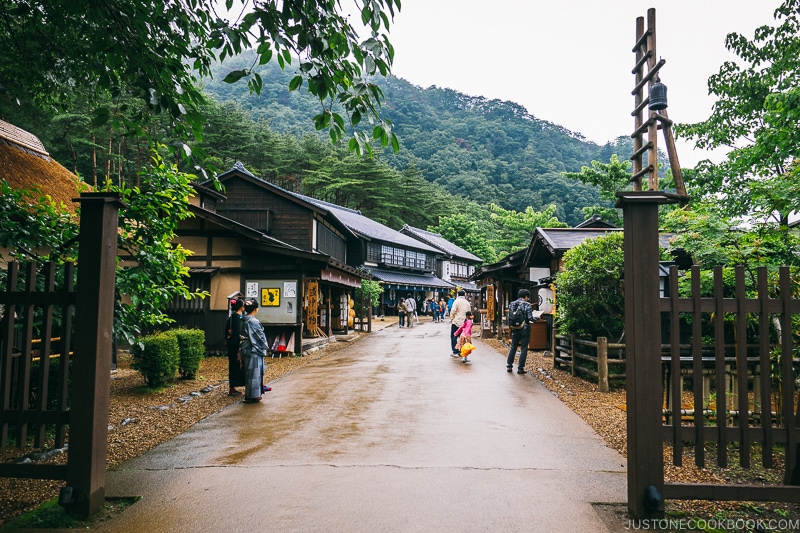
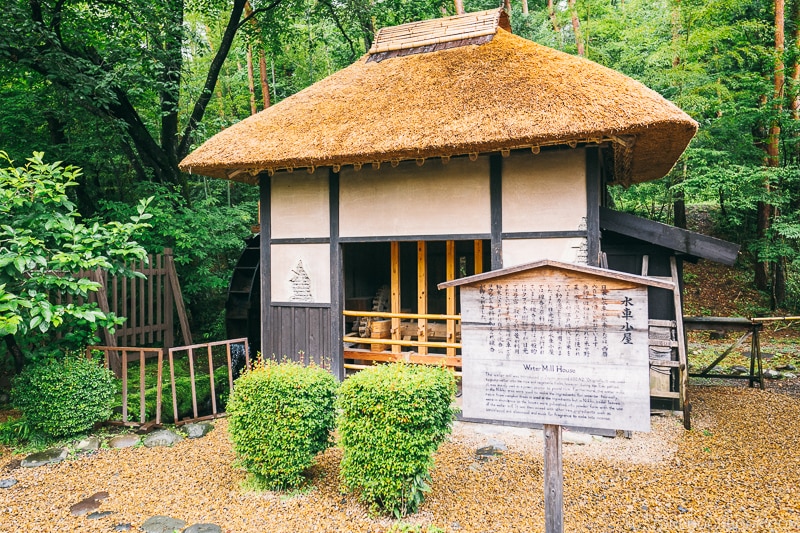
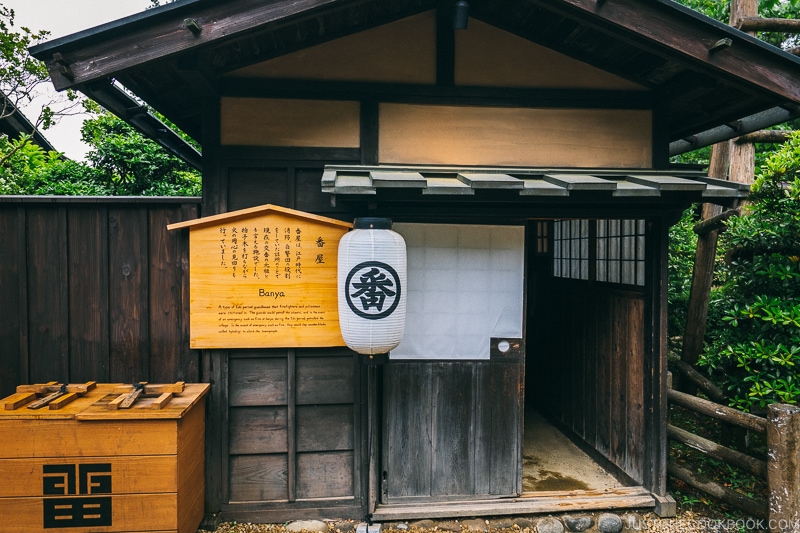
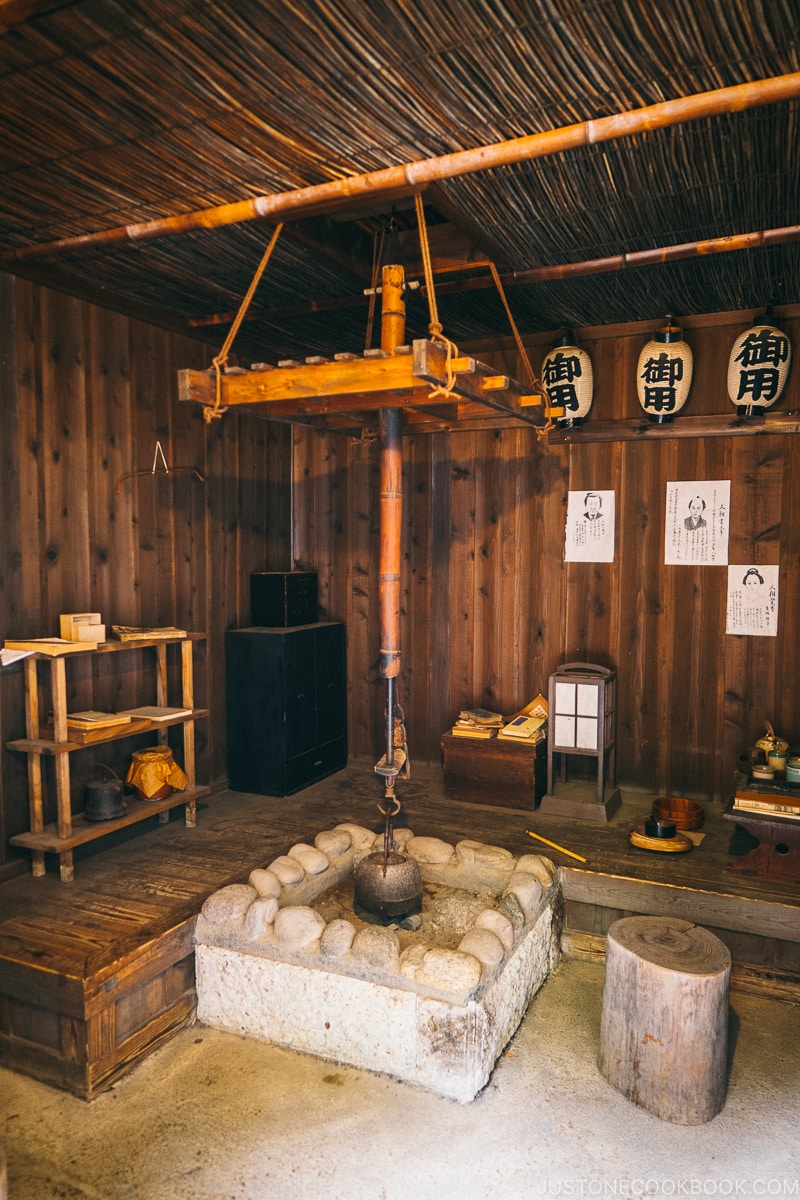
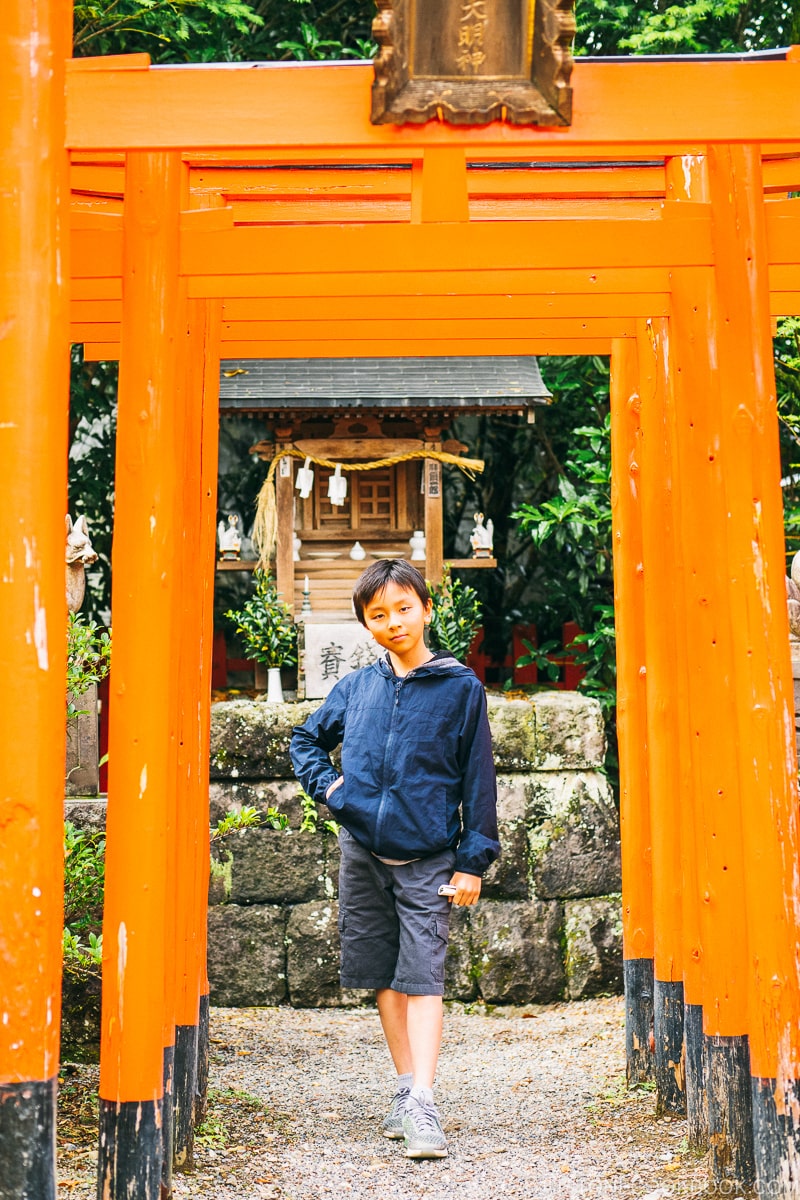
Inn Town
The Road to Edo leads into the Inn Town where there are a number of dining options as well as the fire brigade and swordsmith’s shop. Back in the 1700s, all the buildings were made of wood so the fire brigade played a very important role in daily life. Once a fire starts it is very difficult to put out. Almost every Edo-related museum we’ve been to in Japan has an exhibition on the importance of the fire brigade back in the days.
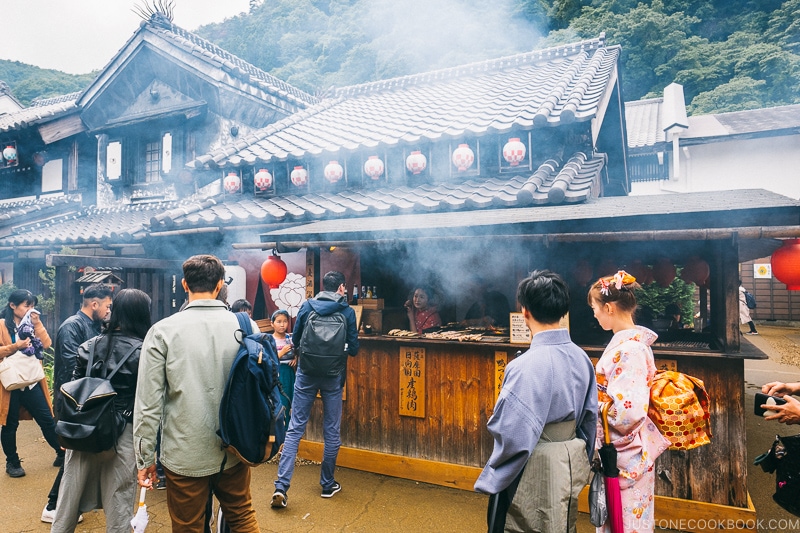
As visitors to Edo Wonderland, you could rent period clothing to walk around in character and photo services are also available to capture the memory.
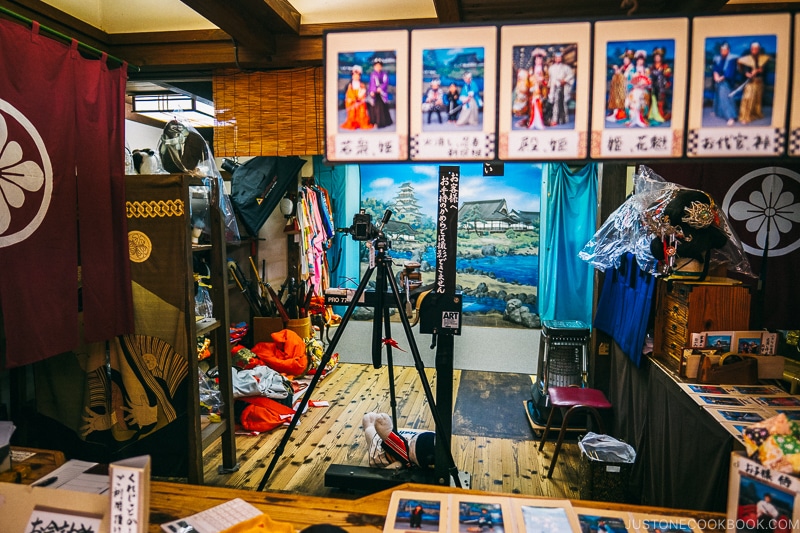
Market District
After the Inn Town, the next section is the market district where one of the main performances takes place – The Oiran Courtesan Procession. It was so interesting to watch the procession as the Oiran Courtesan wears very tall geta (下駄) strolling down the main road with unique footwork.
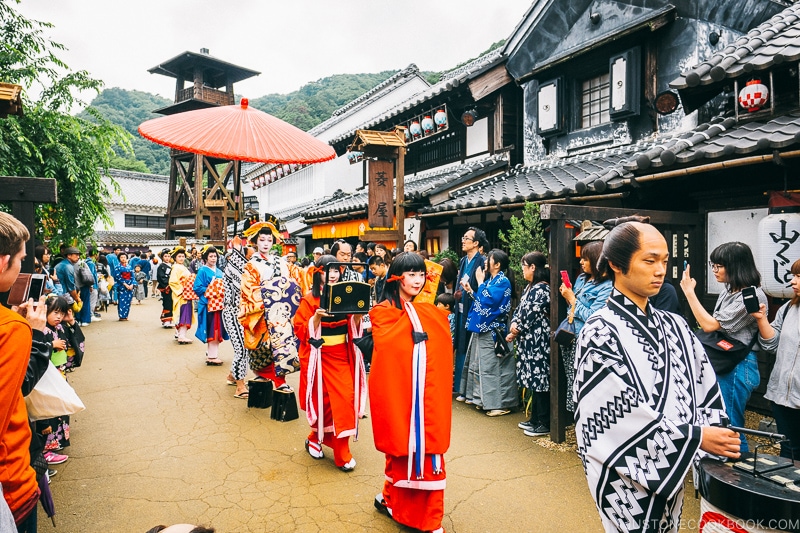
There are more dining options and souvenir shops in the market district. Additionally, there are scheduled performances inside some of the buildings.
At Wakamatsu-ya, visitors can watch a play about an aristocratic looking for love in the red-light district of Edo. The acting is in Japanese but it’s easy enough to understand from the actors’ expression and movement what’s the storyline. The actors also selected a random audience member to participate in the play. All the performances are family friendly and appropriate for all ages.
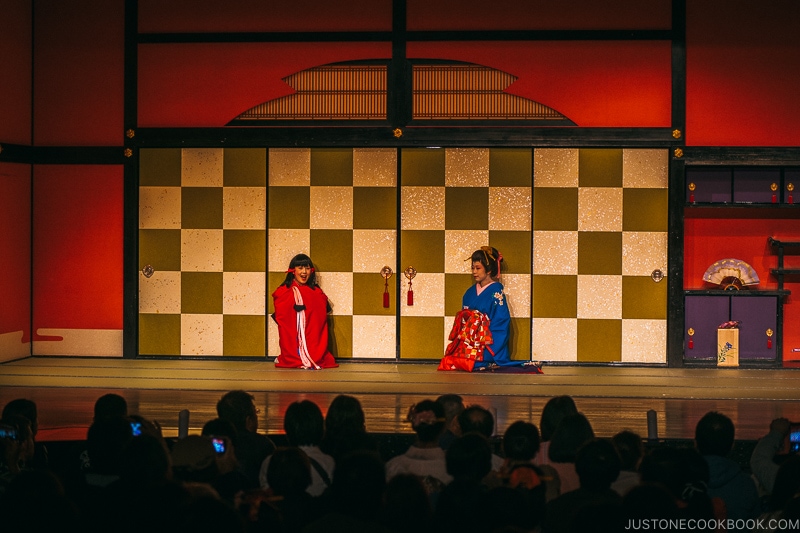
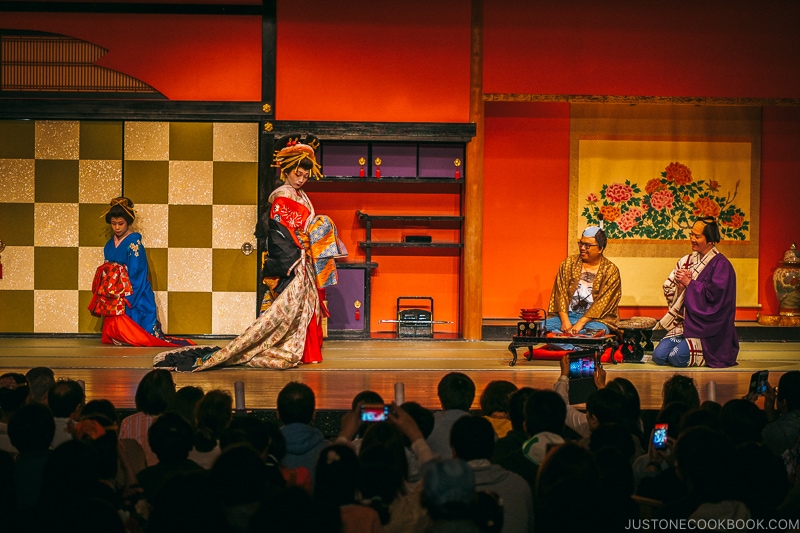
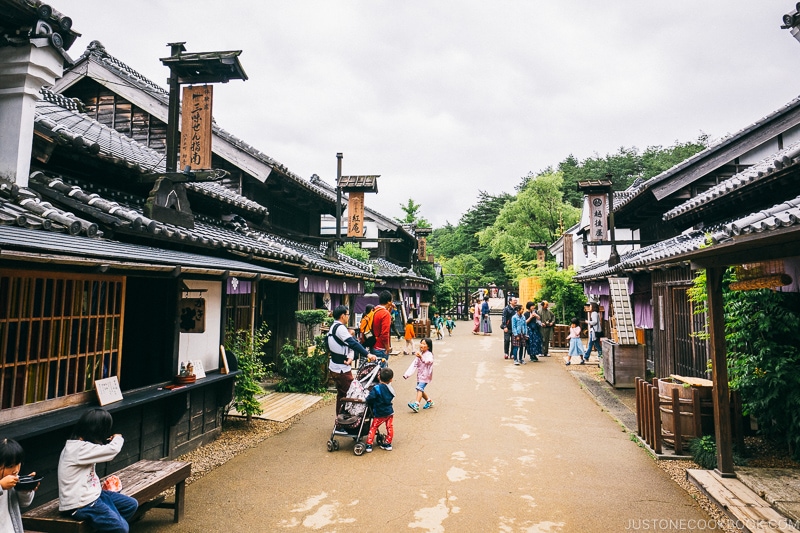
The market district at Edo Wonderland has both paid and free activities. Paid activities including shooting ninja stars, archery, and boat cruise. Free experiences vary from learning how to play on shamisen (three strings) to putting on Edo period makeup.
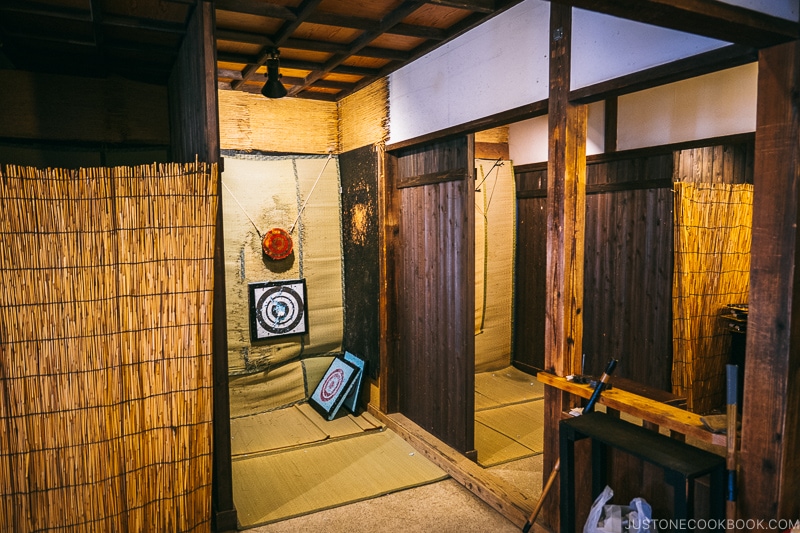
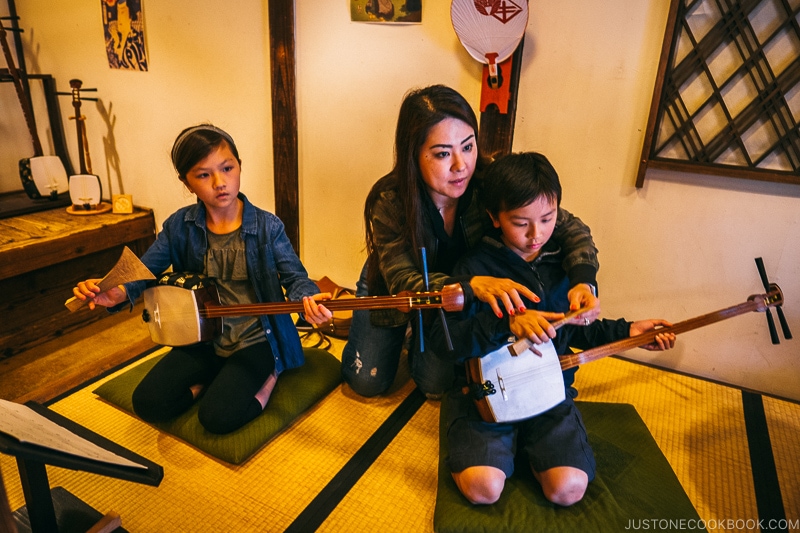
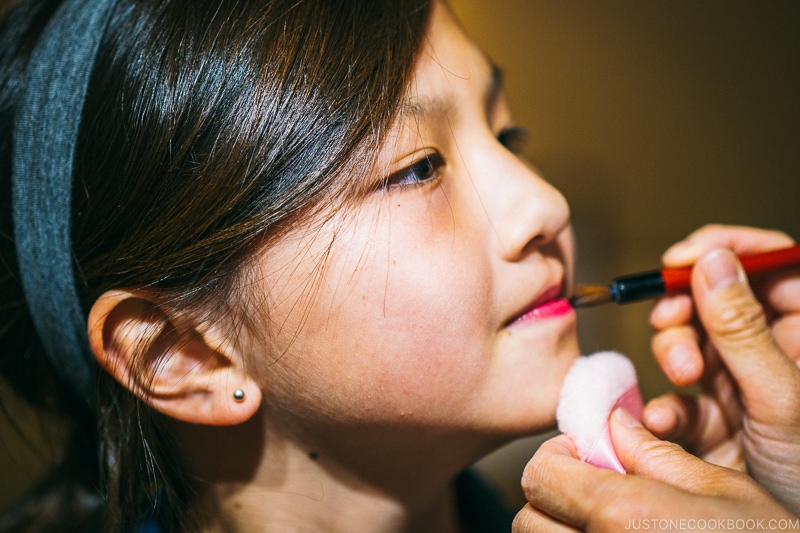
Dining Options at Edo Wonderland Nikko Edomura
There are plenty of food options including soba, noodles, and rice dishes. The restaurants’ interior and exteriors are decorated based on Edo period structures.
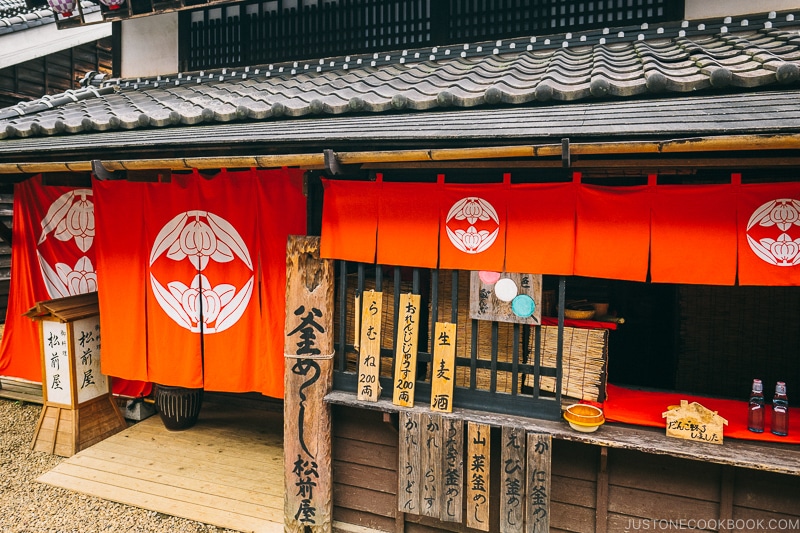
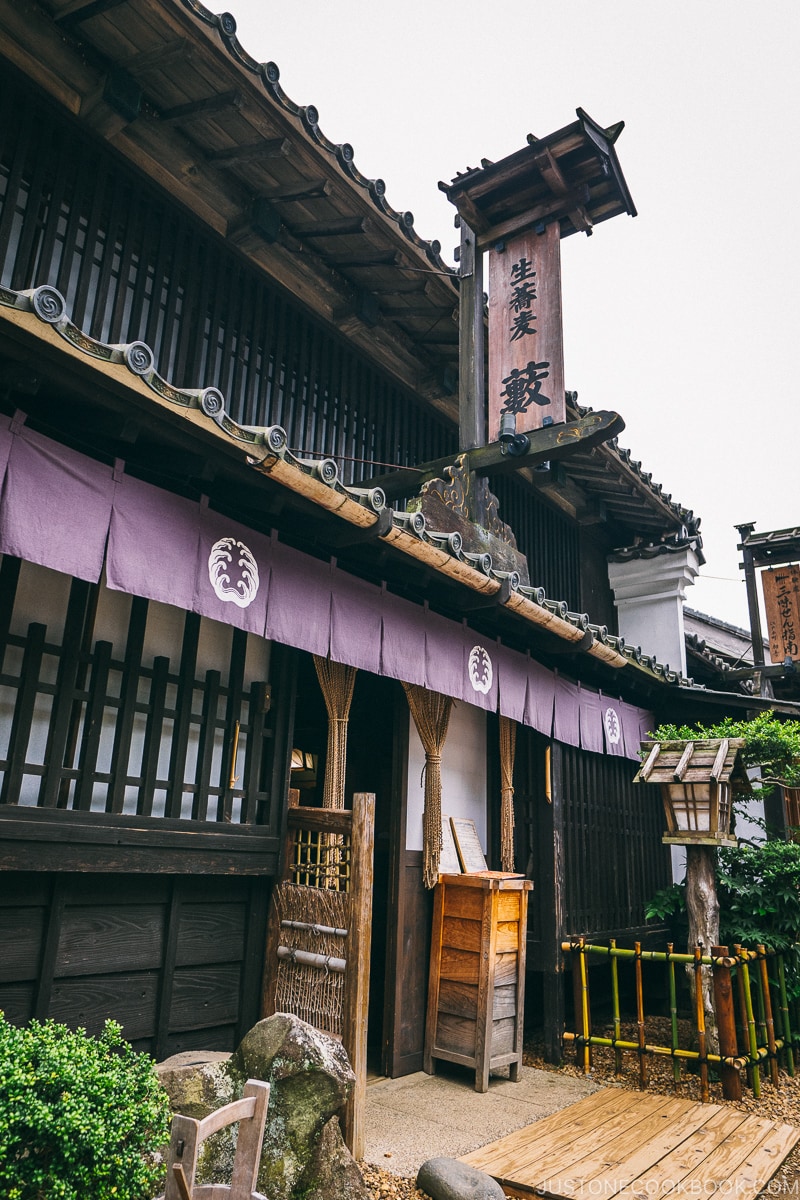
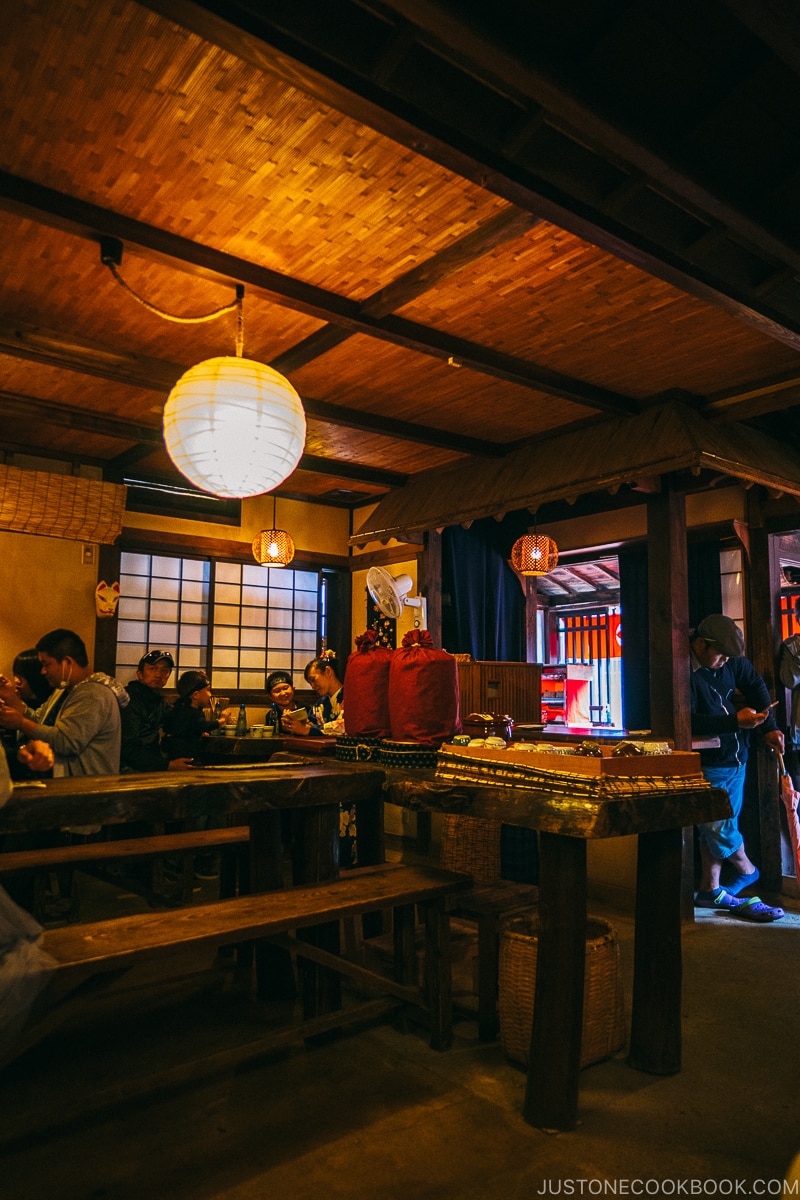
Our family enjoyed udon, dango, unagi over rice, and eel/shrimp over rice.
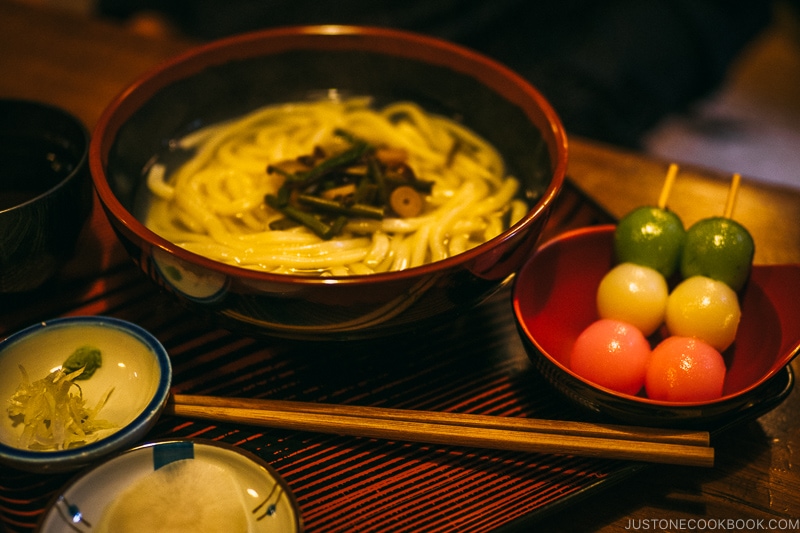
The food was well prepared and delicious similar to other theme parks we’ve been to in Japan,
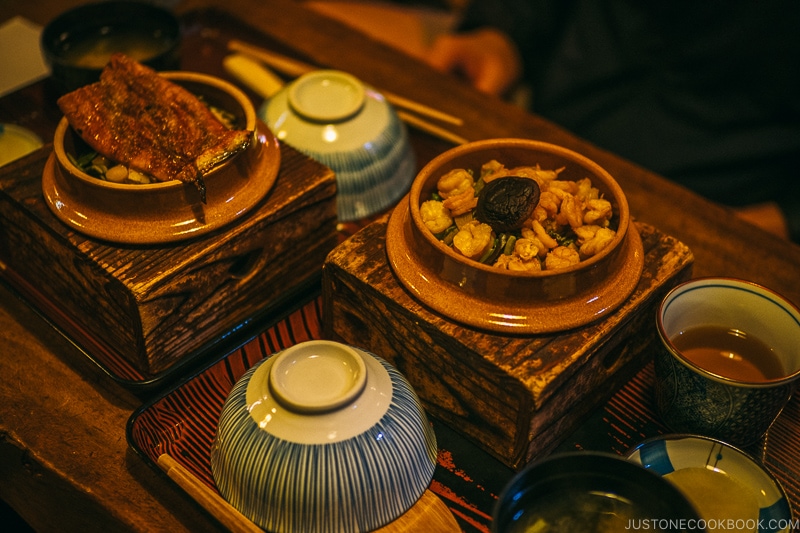
Samurai Residence
Shortly after crossing the Nihon Bridge, you will arrive at the Samurai Residence area with the magistrate’s office, prison, Edo cultural museum, and Nyan-mage Theatre.
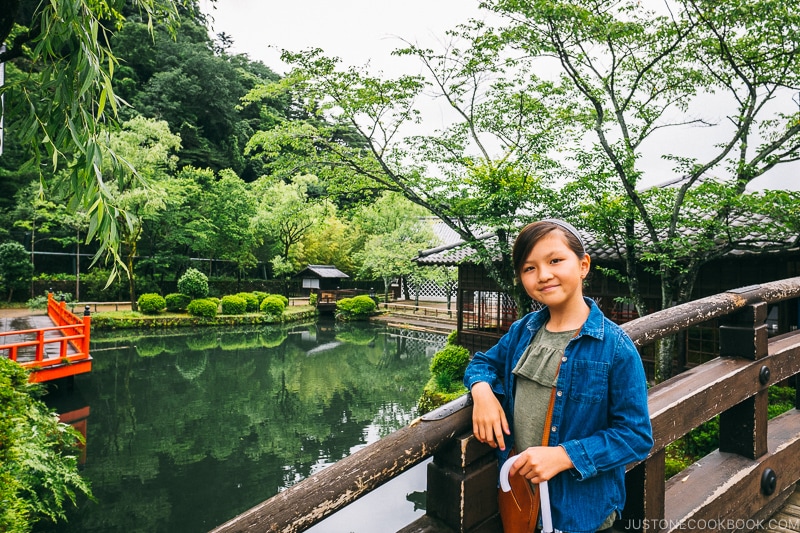
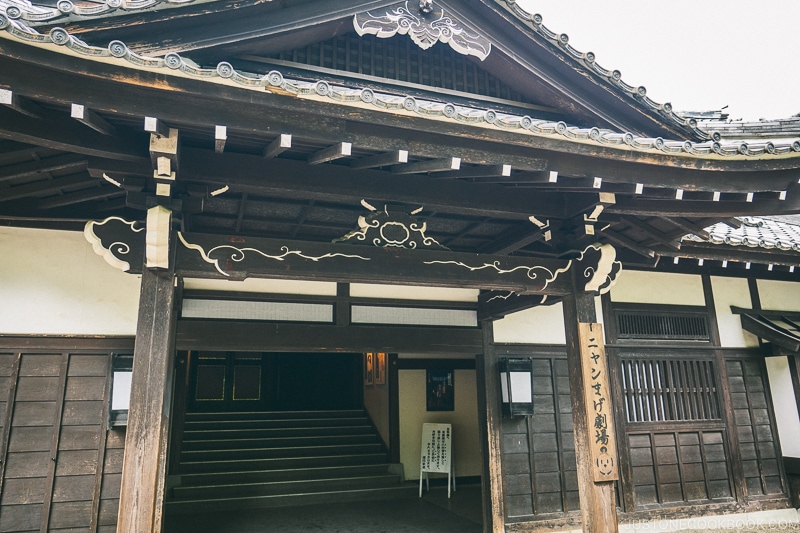
In this area, visitors are allowed to browse through the authentic looking replica buildings.
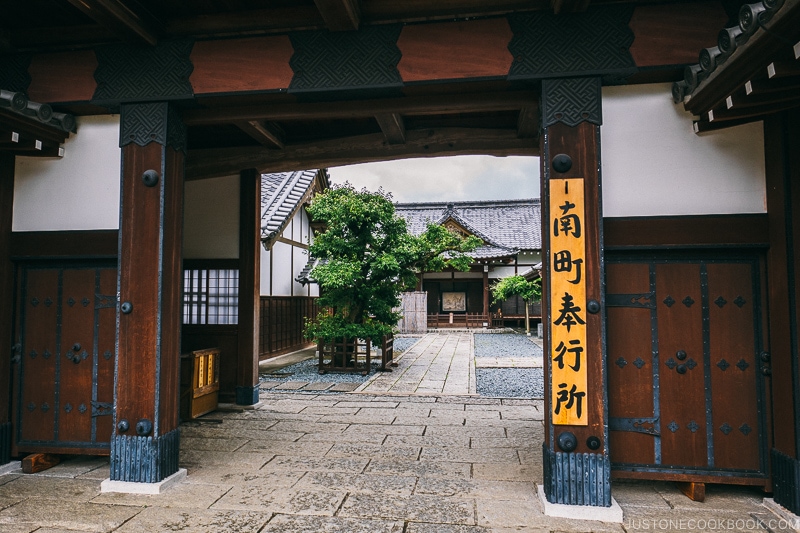
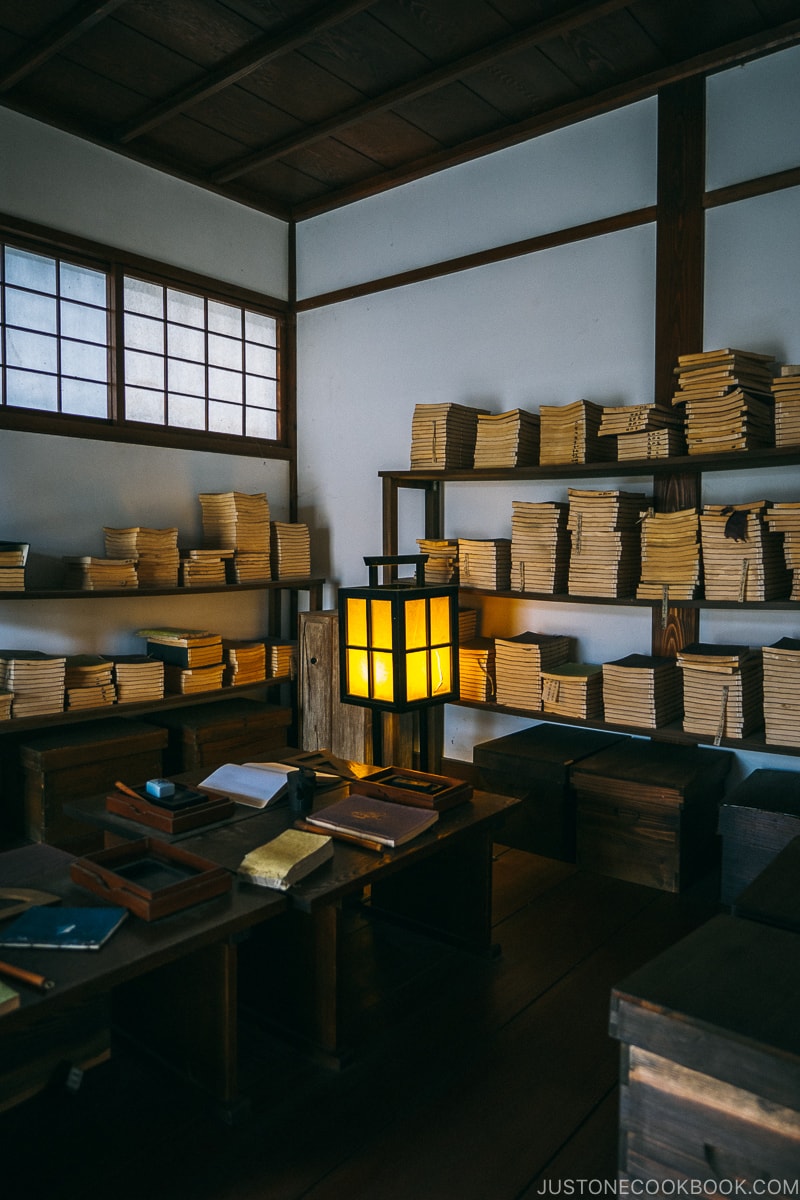
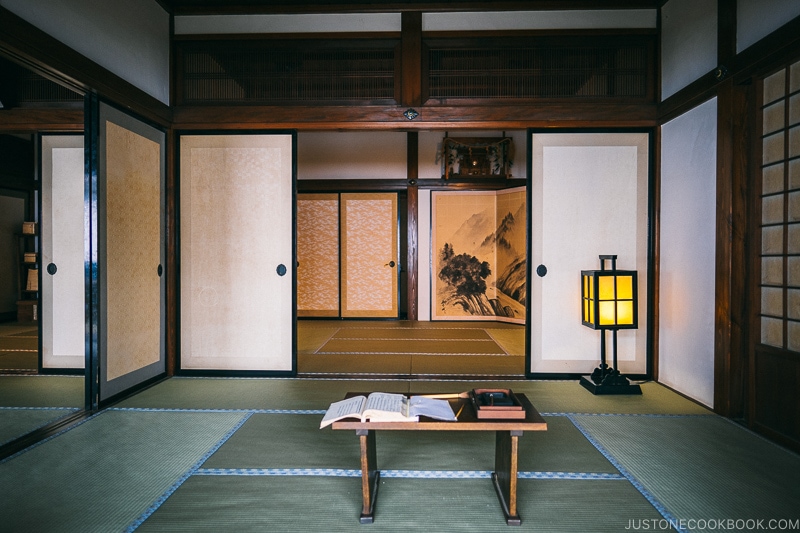
The prison had information on how criminals were punished and tattooed during the Edo period.
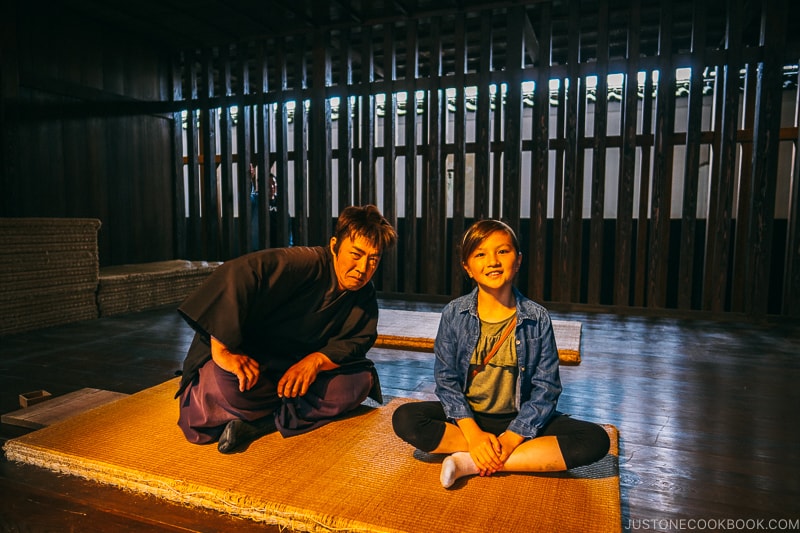
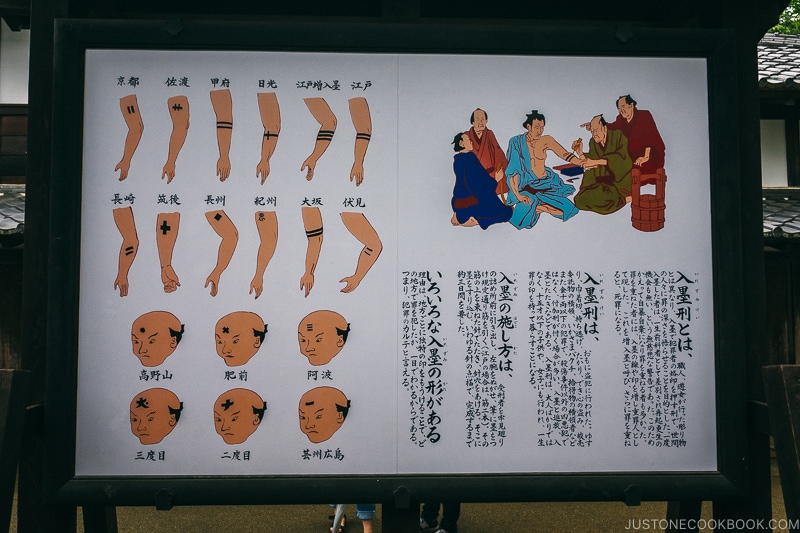
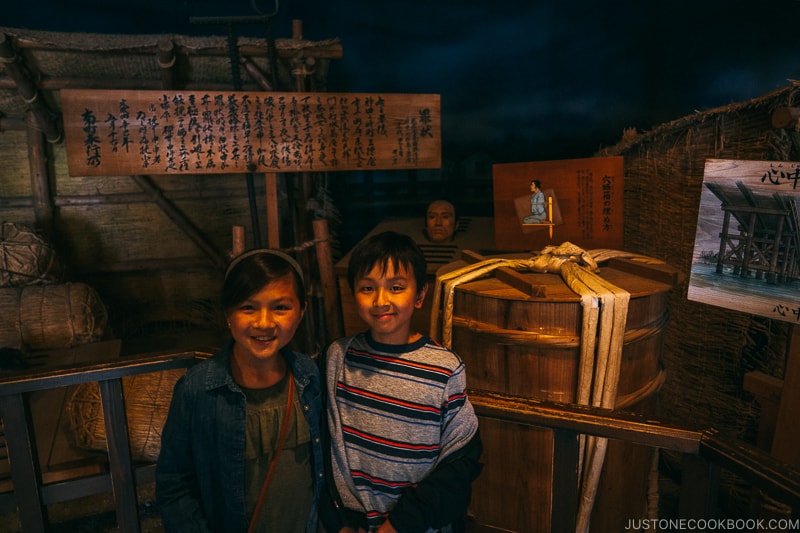
There are exhibits on what technology and crafts are passed down to today from the Edo period. The Modern Edo-Tech Museum exhibits include makeup, cultural items, glassware, and knife making.
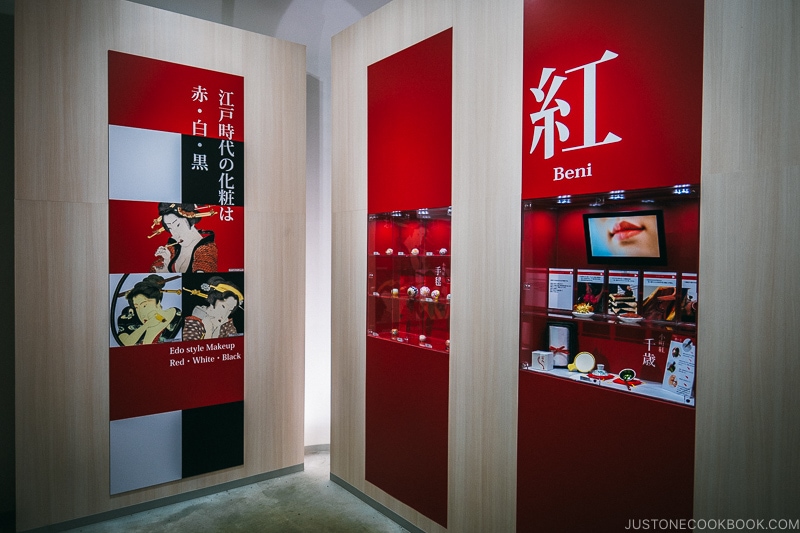
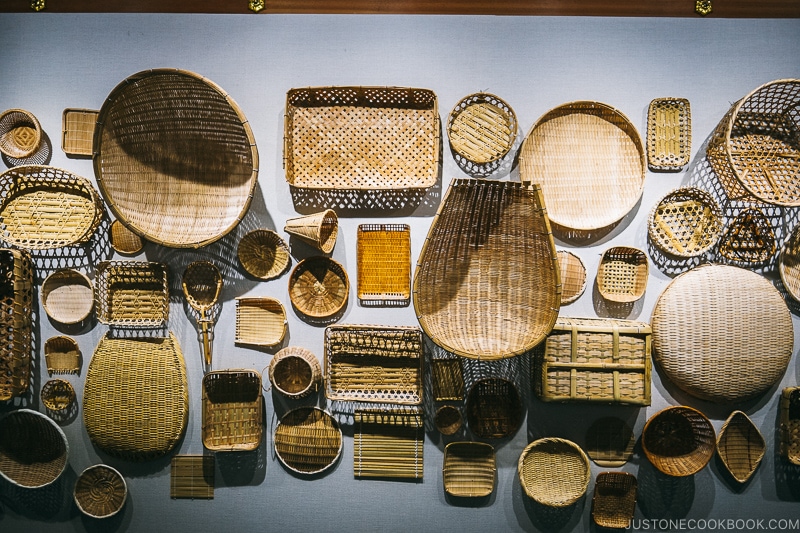
Ninja Village
Lastly, we caught the performance at Grand Ninja Theater. The theater performance was pretty exciting. Actors dressed in ninja clothing battling for 30 min with special effects, lights, and sounds.
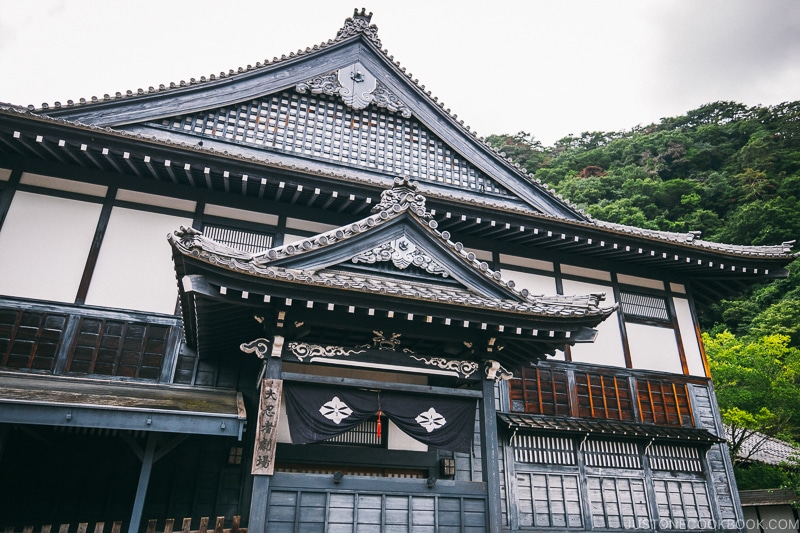
Compared to Toei Kyoto Studio Park, our family enjoyed Edo Wonderland a lot more. The set and the buildings are certainly more authentic along with the food and activities. We had a great time and highly recommend stopping by for half a day if you are in the Nikko area and blast to the 1700s in Japan.

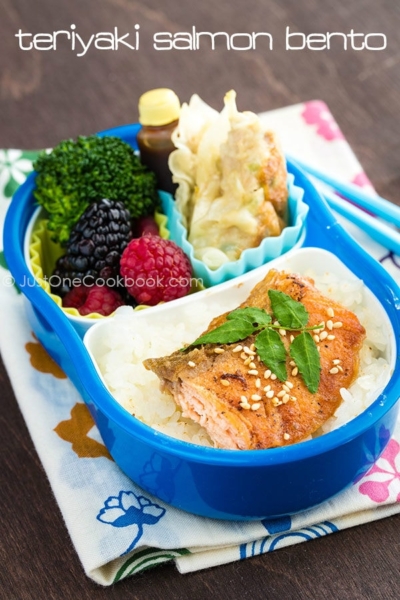
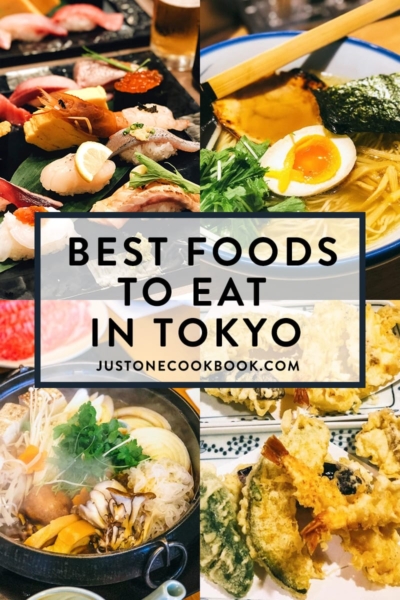
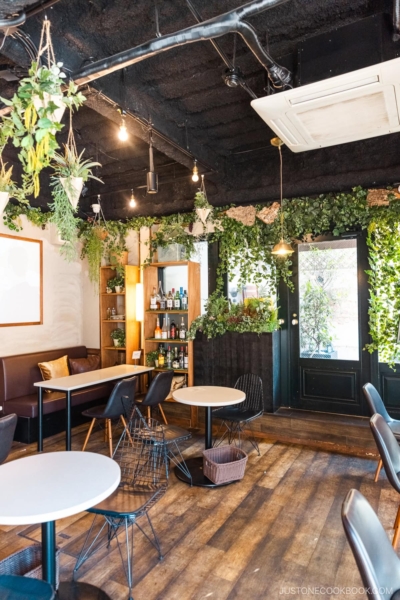
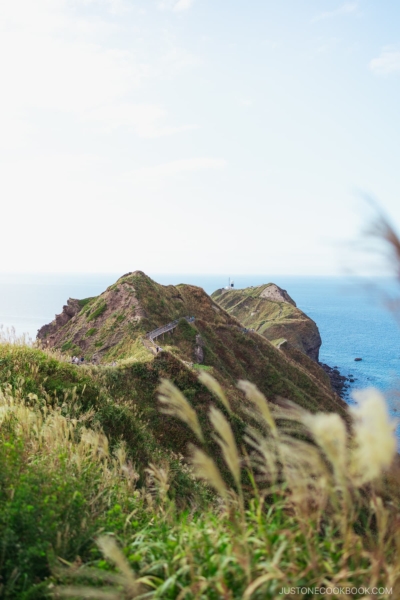




Thank you for sharing your entertaining experience at Nikko Edomura, Edo Wonderland. I have never heard of this interesting historical venue and would definitely like to visit there someday soon.
Enjoy your blog and your Japanese dishes tremendously.
Jenny
Hi Jenny,
We had a fun time there and you should try stopping at Edomura for half a day or so if you’re visiting Nikko. Thank you for reading our travel blog.
Cheers
Your travel to Edo park is just excellent! We’ve been to Japan 6 times now but had not even heard of it’s existence. You covered it so interestingly, thank you very much.
Hi Satoye,
Nikko area is getting revamped so you’ll probably see more promotion for it in the media. Japan has way too many things to do and try, and of course eat!
Thank you so much for these travelogues.. next best thing to being there and I love the details. Hope you continue to have a wonderful summer.
Hi Sally,
Thank you for stopping by to read our travel adventures! Enjoy your summer and stay cool.